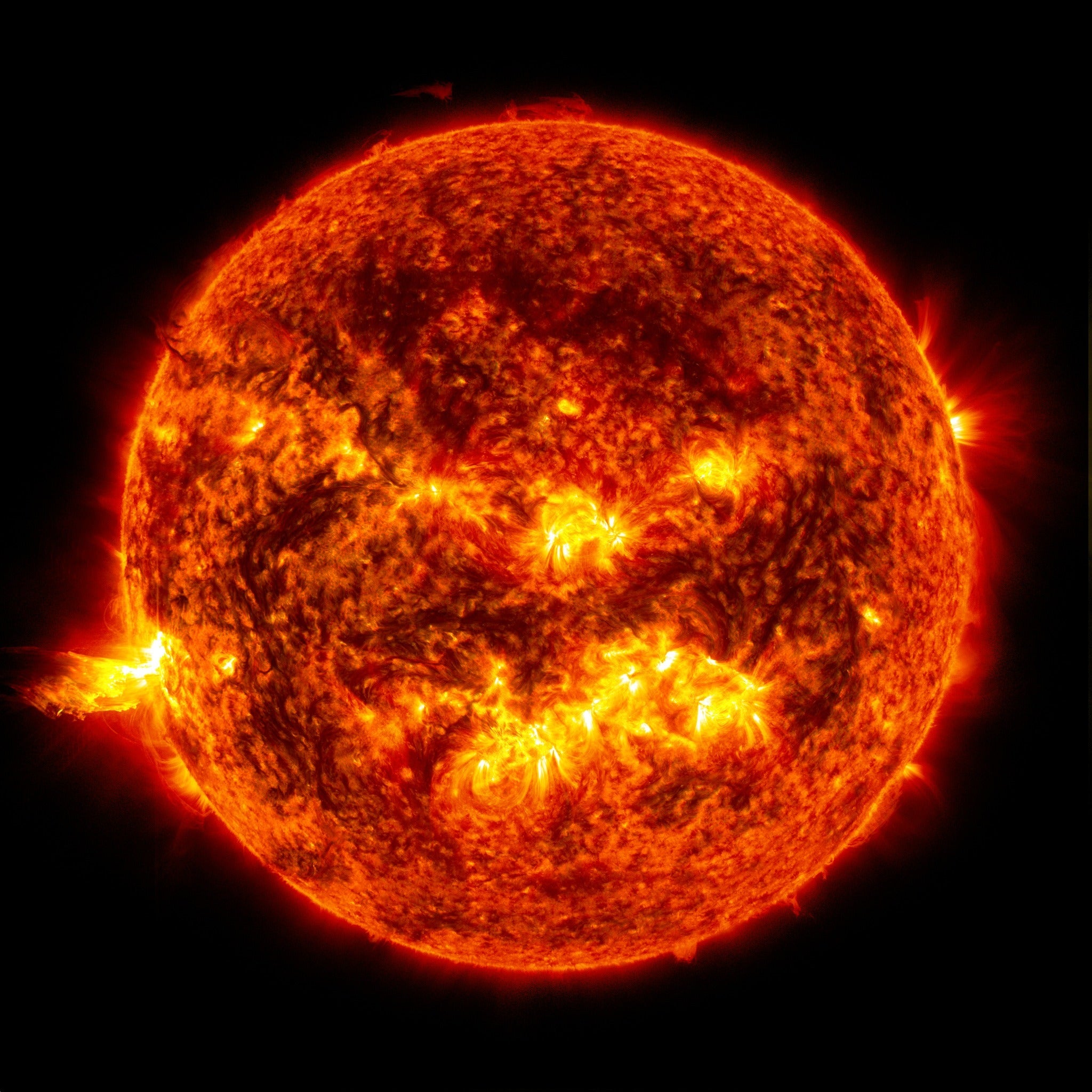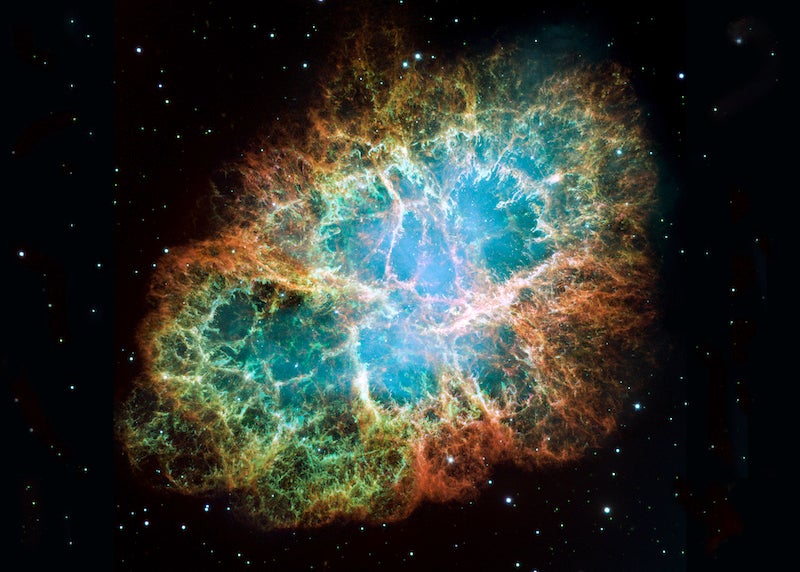Astronomy articles — For more details on the Huygens mission, read Richard Talcott’s “Titan Touchdown” (April 2005) and “Huygens lands on Titan.”
To learn more about what helioseismology tells astronomers about our star, see “Cycle of the Sun” by Gerry Byrne (June 2005).
“Cosmic music man” (July 2005) profiles Alex Szalay, a cosmologist who, like Mark Whittle, is studying Big Bang acoustics.
Print — Dennis Richard Danielson’s The Book of the Cosmos: Imagining the Universe from Heraclitus to Hawking (Perseus Publishing, 2000) collects the most insightful impressions about the universe from 85 scientists, philosophers, and poets — including Anaxagoras, Plato, Copernicus, Galileo, Kepler, Newton, Huygens, Halley, and Einstein.
Web — Sound files and web links associated with this article are in the online extra for “Music of the spheres.”
For more on the Mars microphone, see the project web page and “Mars mikes” in April 2005’s Ask Astro.
Visit Don Gurnett’s Space Audio page for plasma sounds collected by University of Iowa instruments on various spacecraft, including the Voyager, Cassini, and Polar missions.
For an introduction to helioseismology, see the Solar Physics page at NASA’s Marshall Space Flight Center, the Stanford Solar Center’s Helioseismology Tours site, and the National Solar Observatory’s GONG site.
See The Sounds of Pulsars to hear the brightest pulsars in the sky recorded using some of the world’s largest radio telescopes.
For more on the Perseus Galaxy Cluster’s “B-flat black hole,” see BLACK HOLE SOUND WAVES to hear the brightest pulsars in the sky recorded using some of the world’s largest radio telescopes.
Mark Whittle’s home page at the University of Virginia BLACK HOLE SOUND WAVES has more on his re-created sound of the Big Bang.
Kenneth Sylvan Guthrie’s Complete Pythagoras (Platonist Press, 1920), a collection of surviving works from the Pythagorean school, is available online at www.completepythagoras.net. See www-groups.dcs.st-and.ac.uk/~history/Mathematicians/Pythagoras.html for more biographical details of the man himself.
You’ll find an excellent multimedia overview on solar sounds at www.noao.edu/education/ighelio/solar_music.html.
Astronomy articles — For more on the second generation of stars, see “Second light” by Steve Nadis (January 2005). Another article by Nadis, “Before there was light” (August 2005), discusses the cosmic Dark Ages and how astronomers will probe this era.
Print — Extreme Stars by James Kaler (Cambridge University Press, 2001) covers just what its title states, from the oldest, smallest, and even the strangest, stars.
Web — Visit Tom Abel’s site for more on the first stars’ formation and death, as well as some cool simulations.
Astronomy articles — To learn more about John Herschel’s father, the famous astronomer William Herschel, see Brian Jones’ “William Herschel: Pioneer of the stars” (November 1988).
Print — More of John Herschel’s journal entries are printed in Herschel at the Cape: Diaries and Correspondence of Sir John Herschel, 1834-1838 (University of Texas, 1969) edited by David S. Evans et al.
For more information about John Herschel, see Gunther Buttman’s The Shadow of the Telescope (Charles Scribner’s Sons, 1970).
Web — The Royal Observatory at the Cape of Good Hope is now the South African Astronomical Observatory, where scientific research continues today.
Print — Anyone who wants a detailed account of all things to do with asteroids can do no better than Asteroids III, a professional-level reference edited by William F. Bottke, Jr., et al. (University of Arizona Press, 2002). This book brings together space-based and ground-based observations with theoretical insights and presents scientists’ understanding of asteroids and what these space rocks reveal about the solar system’s origin and evolution.
Web — William Robert Johnston offers a great resource for asteroid aficionados at www.johnstonsarchive.net/astro/asteroidmoons.html. This site includes tables listing confirmed and suspected binaries, plots of these objects, and an extensive list of links to other sites with information on asteroids in general and binary asteroids specifically.









